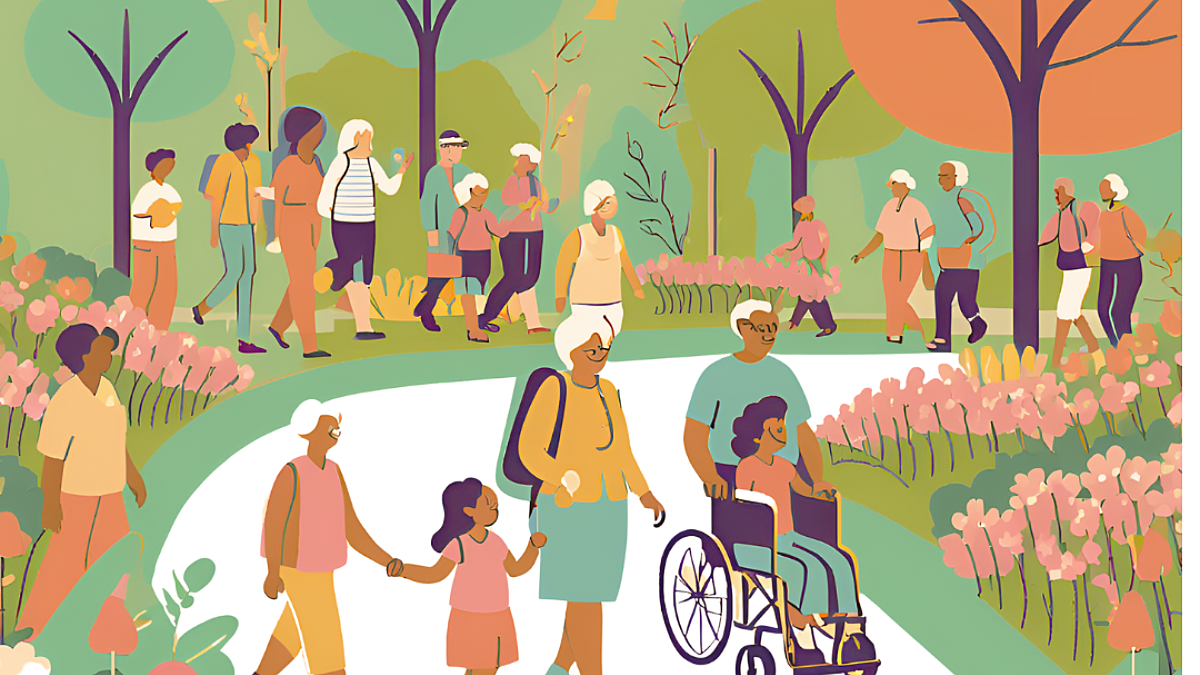Improving Accessibility: Practical Tips for Museums, Archaeological Parks, and Botanical Gardens

20/09/2024
Editorial
Ensuring accessibility in museums, archaeological parks, and botanical gardens is essential to provide an inclusive and enjoyable experience for all visitors. Regardless of the time of year, it is particularly important to address barriers that may make a visit less comfortable. Here are some practical tips to improve the accessibility of outdoor cultural sites.
1. Create Shaded Areas
For outdoor spaces, such as archaeological parks and botanical gardens, it is essential to provide shaded areas to protect visitors from the sun and heat. You can install tents, pergolas, or offer sun umbrellas and fans. These measures not only enhance comfort but also prevent potential heat strokes.
2. Improve Mobility
Accessibility is not limited to removing architectural barriers. It is important to offer rest areas that are easily accessible. Ensure there is enough seating and handrails, especially near complex areas like stairs. In large spaces, consider installing mobile seats for visitors who might need them. Maintain pathways to ensure there are no potholes, roots, or obstacles that hinder passage.
3. Facilitate Mental Breaks
Visiting a museum or cultural site can be mentally stimulating but, at times, tiring. It is helpful to provide rest and decompression areas where visitors can take a break from the information and simply enjoy the beauty of the site. These spaces are particularly useful for families with children, who may need frequent breaks.
4. Ensure Comfort
Make sure visitors have access to refreshment points and drinking water fountains. If it’s not possible to have a refreshment area within the cultural site, provide clear directions on where the nearest supply point is, how to get there, and how far it is. These services significantly improve the visitor experience, especially during the summer months. But a good hot chocolate in winter is also welcome.
5. Improve Access to Restrooms
The availability of accessible, clean, and well-marked restrooms is essential. Ensure that restroom signs are clear and that the facilities can accommodate changing tables, seats, etc. This simple consideration can make a big difference in the overall comfort of visitors.
6. Respect Visitors’ Dignity
Treat every visitor with respect and sensitivity. Provide all the necessary information to allow those who wish to manage their visit independently, while being available to those who need or want to ask for assistance. This approach not only improves accessibility but also creates a more welcoming and respectful environment.